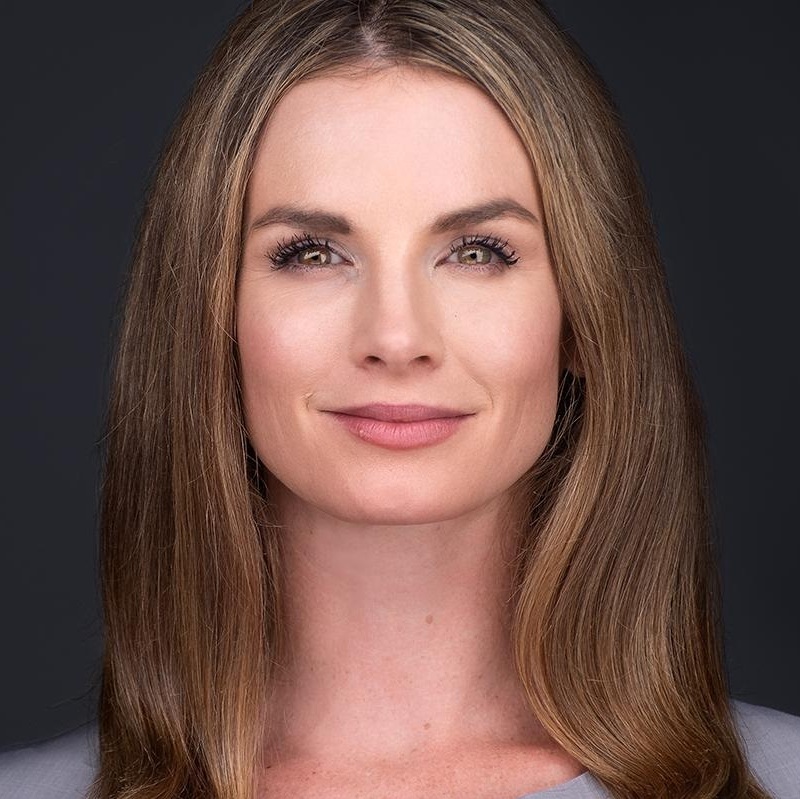I had the great fortune to sit down and talk individually to three notable advisors within the investment community about innovations they’re seeing within bonds. Jim Bianco, CMT, president and macro strategist at Bianco Research LLC; John Davi, founder, CEO, and CIO at Astoria Portfolio Advisors; and Cameron Dawson, CFA, CIO at NewEdge Wealth all carved out some time to talk about some of the most interesting new fixed income strategies they’re keeping their eyes on.
This is part two of my discussion; the first part is available here.
Karrie Gordon, staff writer, VettaFi: What new ways of thinking about fixed income are you seeing now, compared to the pre-pandemic times?
Jim Bianco, CMT president, and macro strategist, Bianco Research: One of the strategies to really come to the forefront this year has been short-term, whether you’re talking about an ETF or a bond fund because they have something they haven’t had for the last 14 years: actual yield somewhere above zero.
As the Fed continues to raise rates, people have looked at short-term bonds, either by buying the bonds outright or by buying a short-term bond fund, and [they]realized they’re actually getting yield again off it, and it has very little price. There is also depreciation potential, and the downside is that they’re not giving you enough yield to compensate for inflation. But they are giving a positive yield.
John Davi, founder, CEO and CIO, Astoria Portfolio Advisors: There’s been good inflows into alternatives and managed futures ETFs this year. People are finally realizing that you can’t just rely on bonds to diversify your equity risk. Investors tend to be short sighted and forget that there has been periods of positive correlation between stocks and bonds in the past. At Astoria, we principally invest in alternatives across our ETF models because we know that stocks and bonds could both go down — and that’s what happened this year.
For now, I would look to hedge your equity risk through alternatives like the AGFIQ US Market Neutral Anti-Beta Fund (BTAL) which is a long / short market neutral ETF. The ETF is up 15.92% this year as of 10/27/22 despite the broad selloff in stocks and bonds. We’ve been utilizing our AXS Astoria Inflation Sensitive ETF (PPI) which Astoria subadvises. The ETF is up 0.81% as of 10/27/22 while the AGG (iShares Core US Aggregate Bond ETF) and SPY(SPDR S&P 500 ETF Trust) are both down 16.34% and 19.95% respectively.
A lot of investors are gravitating to option overwriting ETFs. If you believe the upside is limited in the equity world, you can look at call overwriting ETFs like JEPI (JPMorgan Equity Premium Income ETF) or QYLD (Global X Nasdaq 100 Covered Call ETF). These products provide you with higher levels of income which can act as a portfolio diversifier. We use option overwriting ETFs in some thematic income models we run.
In terms of fixed income, we’ve recently become more receptive after years of shunning the asset class. However, we think its important to use laddered maturities. We’ve been utilizing the Invesco BulletShares suite. Tickers like BSCO (Invesco BulletShares 2024 Corporate Bond ETF) and BSMO (Invesco BulletShares 2024 Municipal Bond ETF) are two examples of laddered bonds we are utilizing.
Cameron Dawson, CIO at NewEdge Wealth: Near my house in Orlando, there was a liquor store with a sign up front that said, ‘Lower your standards for more options.’ That’s kind of what investors are faced with [now]. The first step in all of this is expectation setting: you have to lower your expectations for returns, and if that doesn’t work with your plan for what you need in returns, then you need to either come up with a new plan or you need to take on more risk.
Clearly, that’s what happened, with the surge of liquidity into the B creds and into the B REITs and into real estate overall as an income replacement. You have to take on more risk to get the same amount of return, and at the end of the day, you go, ‘Thank you, QE,’ because that’s what it told us we had to do. That’s just the logical end of 10 years of unprecedented monetary policy.
Gordon: Are there any market innovations you’ve seen recently that could be game-changers for bond investors?
Bianco: There’s been some innovations in the bond market in the last five years or so — mainly electronic trading that has allowed for this index-building, high-turnover type of trading that was simply impossible five or ten years ago. Before, if you wanted to put together a high yield fund, every month, you might have to sell 20 high yield bonds and buy 28 different high yield ones, and the problem was in how your market used to trade. You’d have to call Goldman Sachs and get a quote on each bond and haggle for two days about prices, whereas now, all of this is done automatically through electronic trading. It really reduces the costs and the friction and makes everything a lot more simplified of a process.
Before, more actively managed funds were very hard to do at-scale, with reasonable costs, because of slippage in the commissions and the fees: it made it very prohibitive in fixed income. Because the fees are coming down, the slippage is coming down, and it’s making it a lot easier to do active management that way now. Now you can even have fixed income managers using other ETFs like many equity managers are doing, which is a very straightforward and transparent way of doing things. The Simplify ETFs are a good example of funds that are a little bit more actively managed.
As a strategist, my job is to pick investments; and by selecting other ETFs, the pricing and the transparency is very straightforward; your position aligns with your outlook. But fixed income is different. If you want to be positioned for something, you have options like mortgage bonds, but maybe you have no idea what they are or how to price them, or what this barbell strategy means in this bond portfolio, and so you can end up invested in a strategy that looks like a bunch of random stuff. When you use an ETF, though, an average RIA could look at it for 30 seconds and say, “Oh, I see what you’re doing here.” It’s a pretty good deal from a transparency perspective.
Dawson: One of our advisors who’s so astute said: “My fixed income portion of my portfolio is really only there to meet liquidity needs. If I know in two years I’m going to need a certain amount of distribution, then I don’t want to have to reach into the principal of my growth assets or my true income-generating assets. I keep fixed income as my pool of liquidity.”
So if you see it that way, you can still have exposure or manage the risk around [fixed income]. At NewEdge Wealth, we’re making active duration and credit decisions; we don’t have the manpower to choose the individual credits, but we’ll toggle how much credit and duration risk we want. We’re doing things like floating rate debt, where we’ll toggle between going straight into lower credit quality floating rate, bank loan type of debt, or going into AAA floating rate debt. We’ll also toggle where we want our duration exposure just by using simple things, like Treasury ETFs, for example.
Gordon: Why does all this precision matter in bond exposures? Why isn’t the Agg good enough anymore?
Bianco: The whole idea of what some products on the market are doing now with precision, slicing and dicing the bond market, we saw this happen with the equity market about ten years ago, and now we slice and dice the equity market in more ways than anybody can comprehend. Now’s the time we start slicing and dicing the bond market that way too.
There are ETFs now that have chopped up the high yield market into various sectors; whether you’re talking about energy or high yield, to discretionary; whether it’s double B’s, single B’s, or triple C’s. With these kinds of funds, you can go back to saying, “Look, I think credit is going to get better, or I think credit is going to get worse, but I don’t want to be run over with whether or not rates are going to go up or down.”
[There are also single Treasury ETFs.] The single bond ETFs that launched this year could be problematic because of the Treasury, though. Really what you’re doing is concentrating the interest rate risk, which is fine if that’s what you want.
Davi: If you think about the equity world, we’ve been slicing up the stock market into industry group and thematics for some time, whereas in the bond world, it was mostly about buying broad segments of the bond market.
We think fixed income now requires a more surgical approach. Instead of buying a broad-based, Agg ETF, investors might be better off buying laddered targeted exposures. Invesco has done a good job on this front.
For more news, information, and strategy, visit the Fixed Income Channel.




